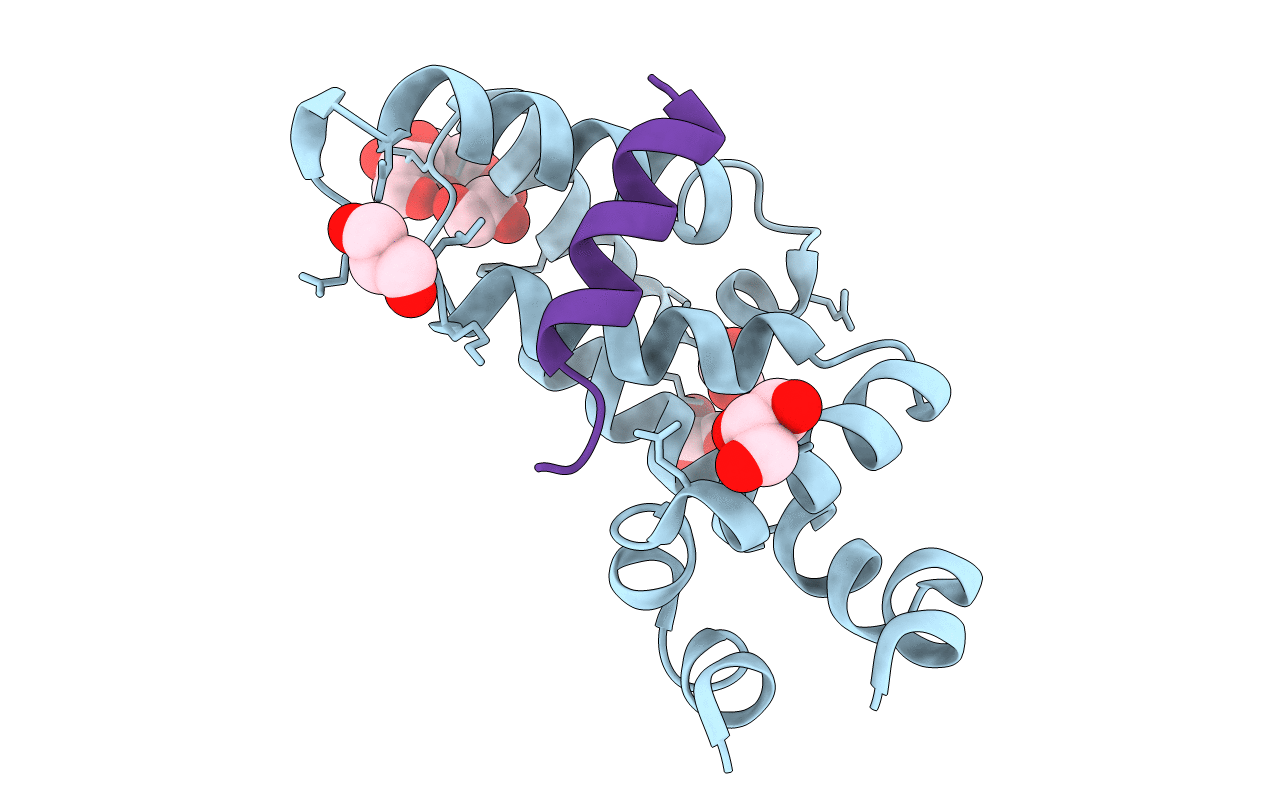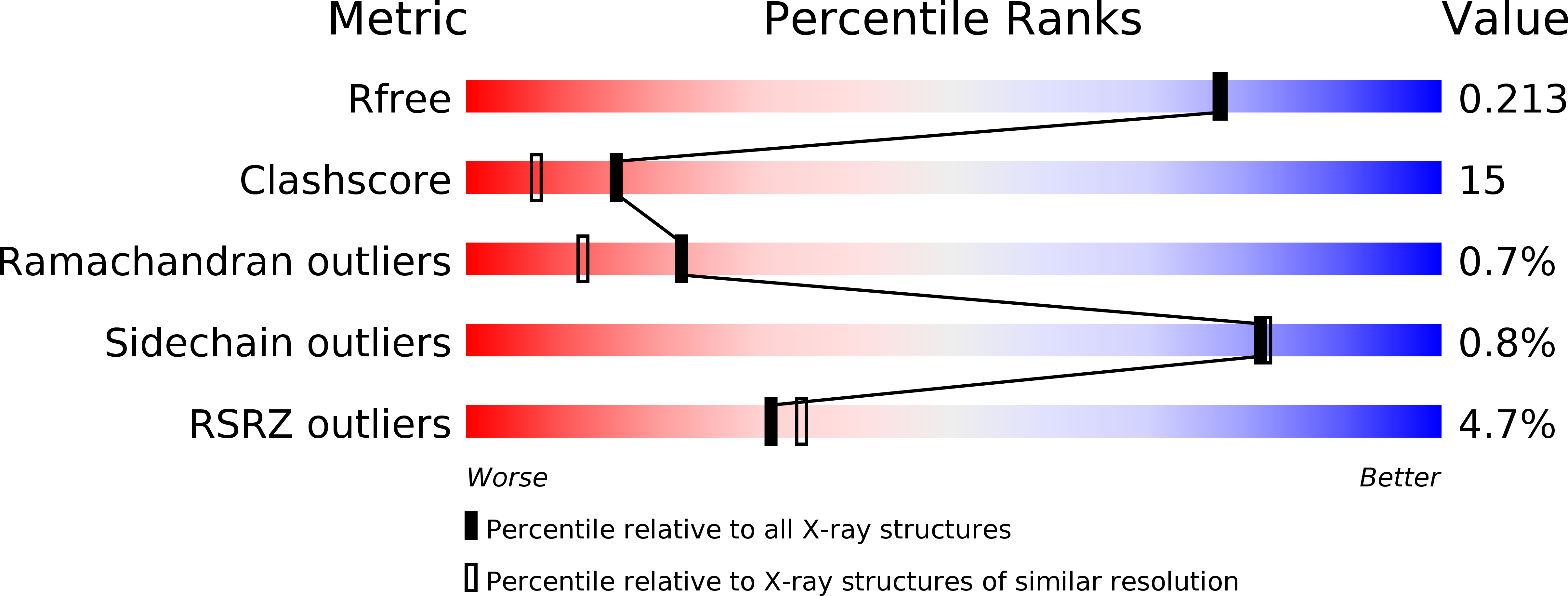
Deposition Date
2000-03-17
Release Date
2000-07-05
Last Version Date
2024-02-07
Entry Detail
PDB ID:
1EMU
Keywords:
Title:
STRUCTURE OF THE AXIN RGS-HOMOLOGOUS DOMAIN IN COMPLEX WITH A SAMP REPEAT FROM APC
Biological Source:
Source Organism:
Homo sapiens (Taxon ID: 9606)
Host Organism:
Method Details:
Experimental Method:
Resolution:
1.90 Å
R-Value Free:
0.22
R-Value Work:
0.20
R-Value Observed:
0.20
Space Group:
P 21 21 21


